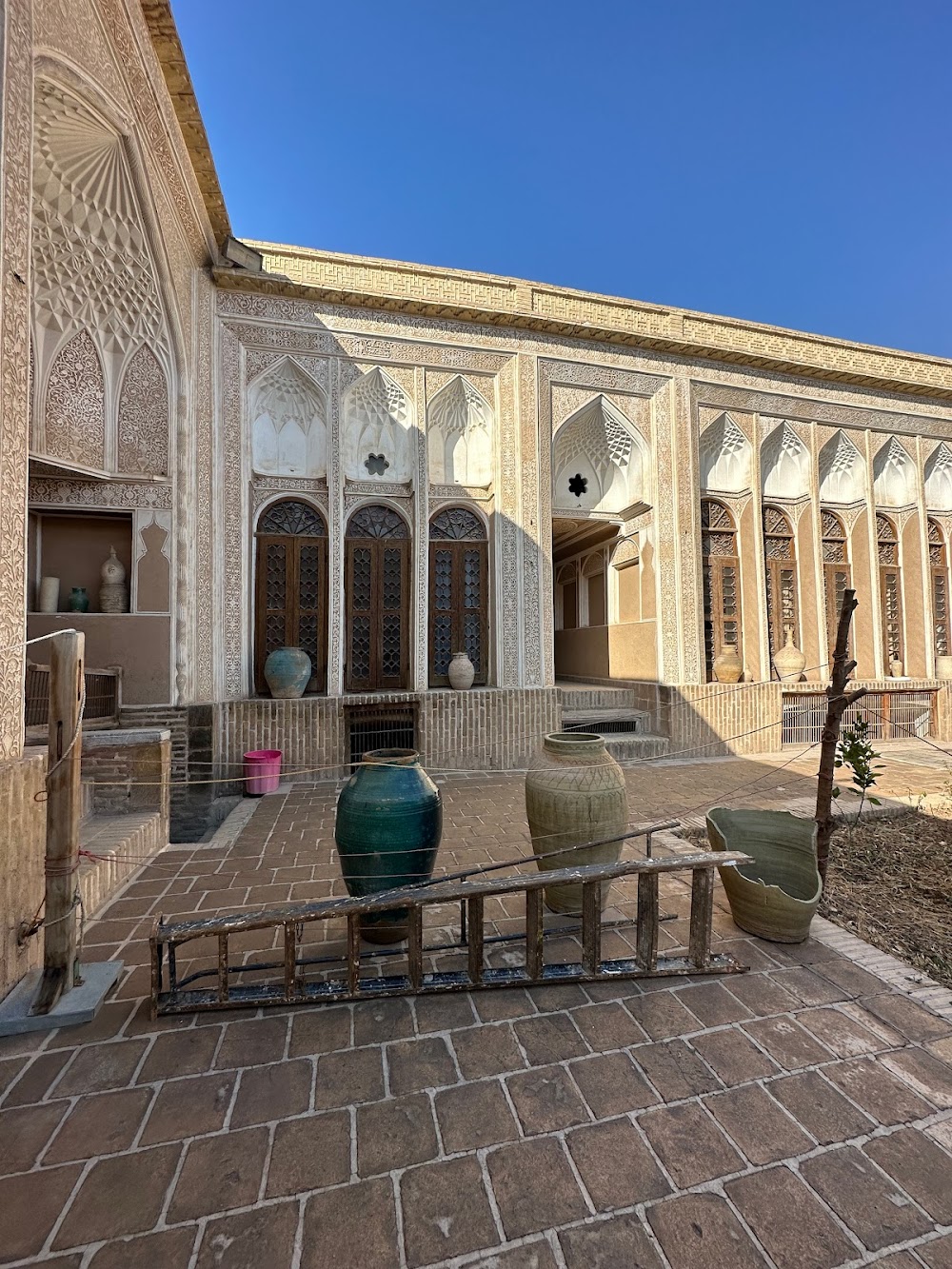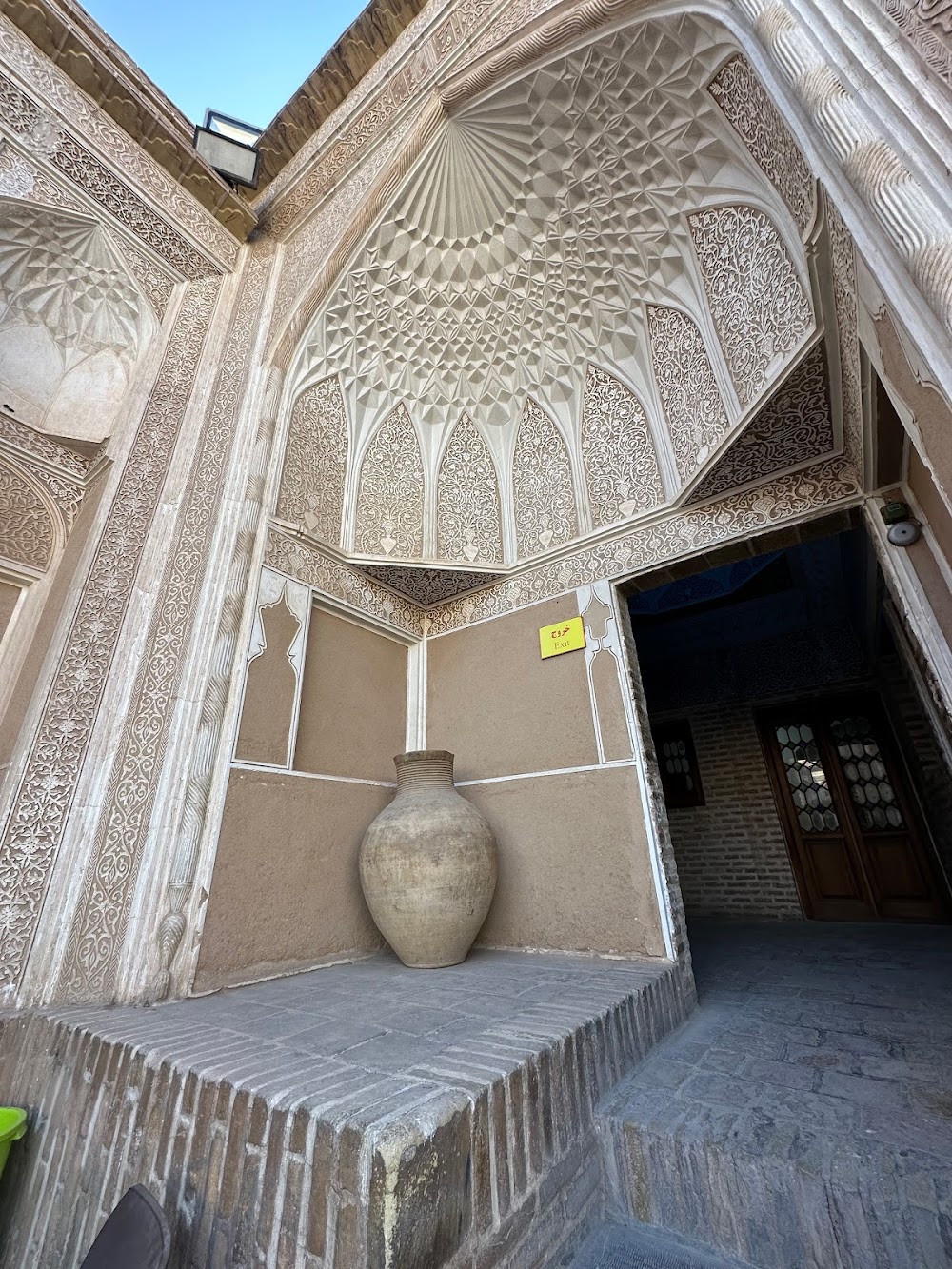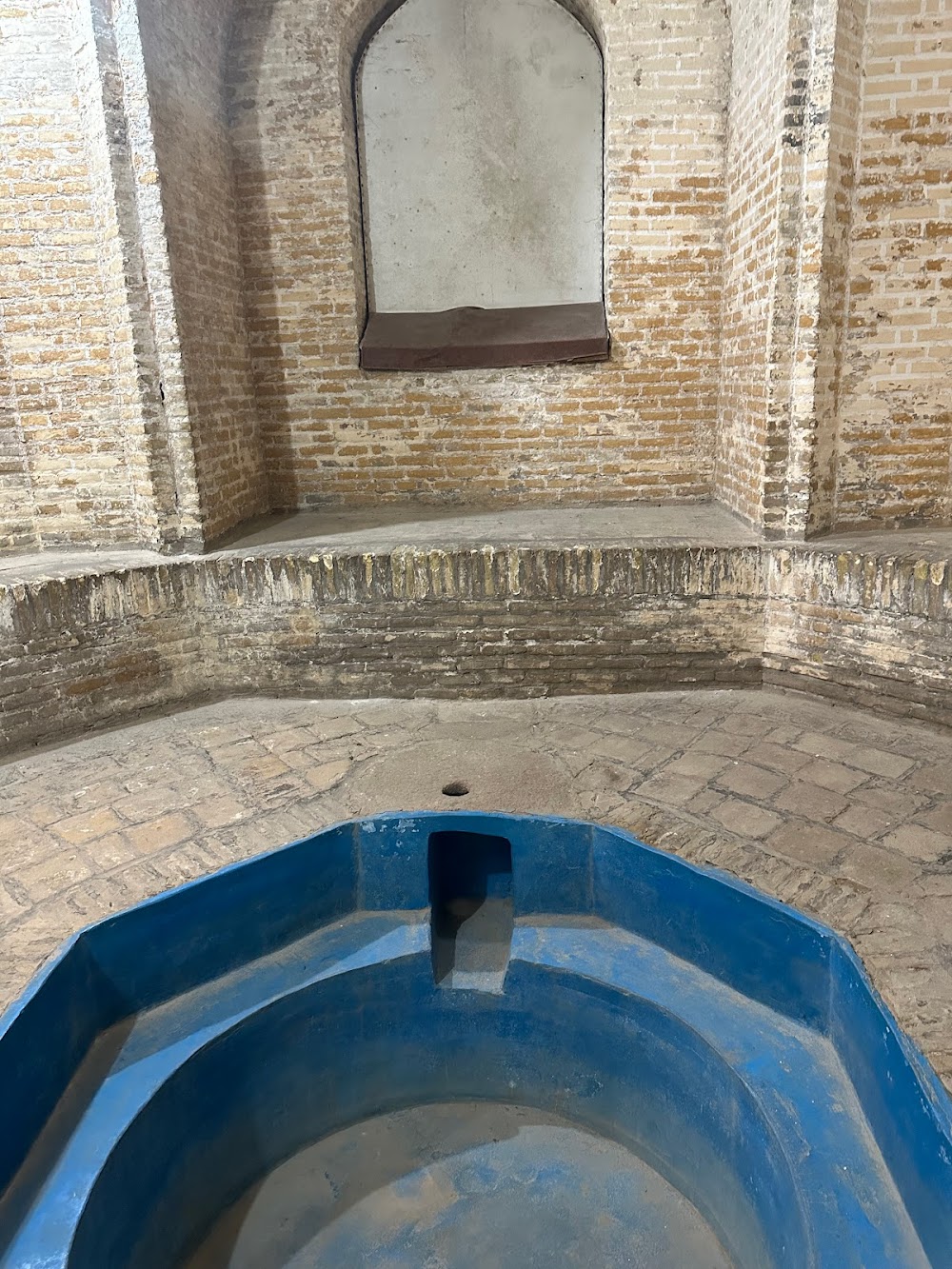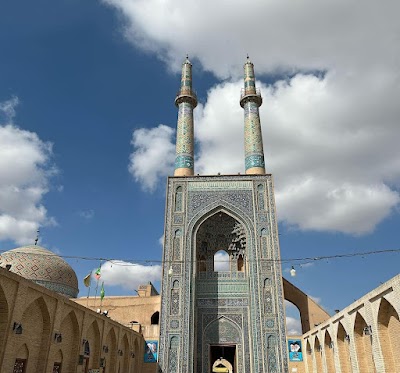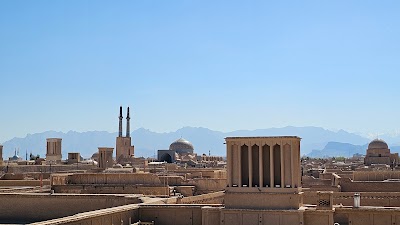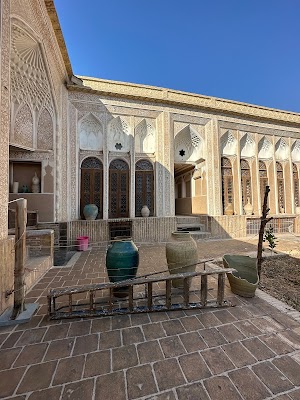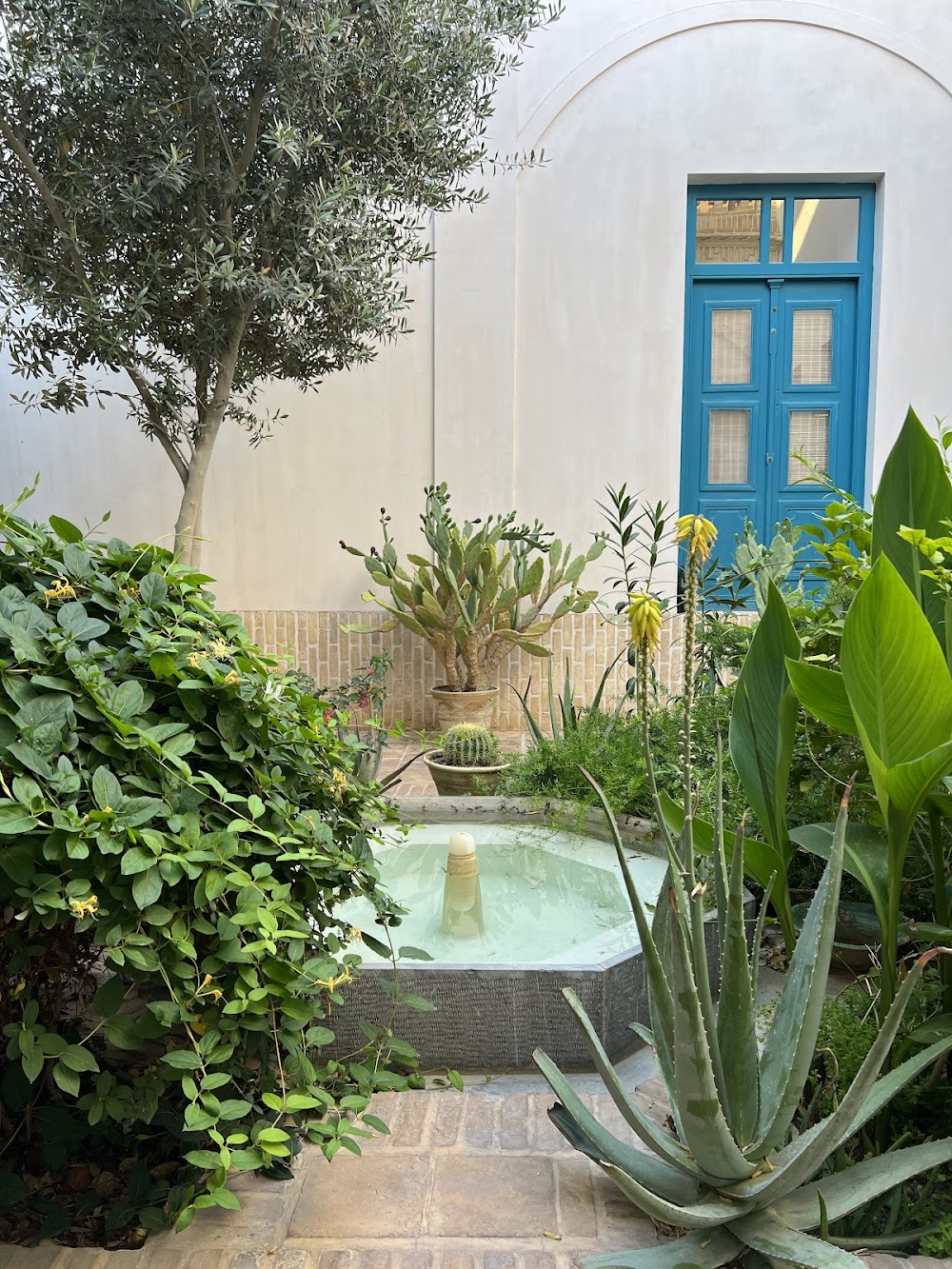Yazd Water Museum (موزه آب یزد)
Overview
The Yazd Water Museum, located in the heart of Yazd, Iran, offers a captivating journey into the city's remarkable history of water management. Nestled in the arid central region of Iran, Yazd has historically contended with a challenging desert climate, making its ancient water systems all the more fascinating. Housed in the historic Kolahdoozha House, the museum highlights the innovative methods developed by the people of Yazd to secure a reliable water supply in such a harsh environment.
Constructed in 1929, Kolahdoozha House exemplifies traditional Persian architecture, featuring a serene central courtyard and intricately designed rooms adorned with stunning stucco work and stained glass. This historic mansion has served various purposes over the decades before being transformed into the Yazd Water Museum in 2000, allowing visitors to appreciate both its architectural beauty and the cultural significance of water in this desert city.
At the heart of the museum is an in-depth exploration of the qanat system—an ingenious network of underground tunnels that transport water from mountain aquifers to the city. These ancient structures, built thousands of years ago, are still in use today. Stretching for kilometers underground, qanats operate by gravity, collecting water from subterranean sources and delivering it where it is needed most.
As guests enter the museum, they are enveloped in a tranquil atmosphere, where various exhibits showcase water-related artifacts. Here, visitors can find ancient tools used in the construction and maintenance of qanats, historical maps depicting the extensive network of these channels, and informative models illustrating how the qanat system operates. A particularly engaging display features photographs of muqannis, the skilled workers who dug these vital underground aqueducts, highlighting their significant contributions to Yazd’s water management.
One section of the museum vividly details how water was traditionally distributed to homes, public baths, and agricultural fields. Through intricate systems of watermills and reservoirs, the people of Yazd created a sustainable lifestyle in an otherwise unforgiving climate. The museum emphasizes the importance of water conservation, showcasing ancient methods that remain relevant today.
In addition to the qanats, Kolahdoozha House itself is a marvel of sustainable architecture. Featuring windcatchers (badgirs) and thick earthen walls, the building is designed to maintain a cool interior despite the desert heat. These architectural innovations reflect the profound understanding Yazdis had of their environment, demonstrating an early commitment to sustainable living.
The museum also features a captivating section on traditional water storage methods, including the construction and use of cisterns and underground reservoirs known as "āb-anbārs." These ingenious structures were essential for storing water during times of scarcity and were meticulously designed to minimize evaporation and contamination.
One of the museum's most captivating exhibits is a live demonstration of the qanat system, located in a basement section of the house. This exhibit showcases a small segment of an actual qanat, providing visitors with a tangible experience of how these remarkable channels delivered life-sustaining water to the city. This immersive display underscores the historical significance and technological brilliance of the qanat system.
The Yazd Water Museum not only offers a glimpse into the past but also highlights the enduring value of water management and conservation. Its exhibits reveal how a profound understanding of nature, paired with innovative engineering, allowed the people of Yazd to thrive in a challenging desert environment.
Through its engaging displays and the historic charm of Kolahdoozha House, the museum weaves a rich narrative that connects ancient wisdom with contemporary concerns about water sustainability. It stands as a testament to the ingenuity and resilience of the people of Yazd, preserving their legacy in the crucial field of water management for future generations.


